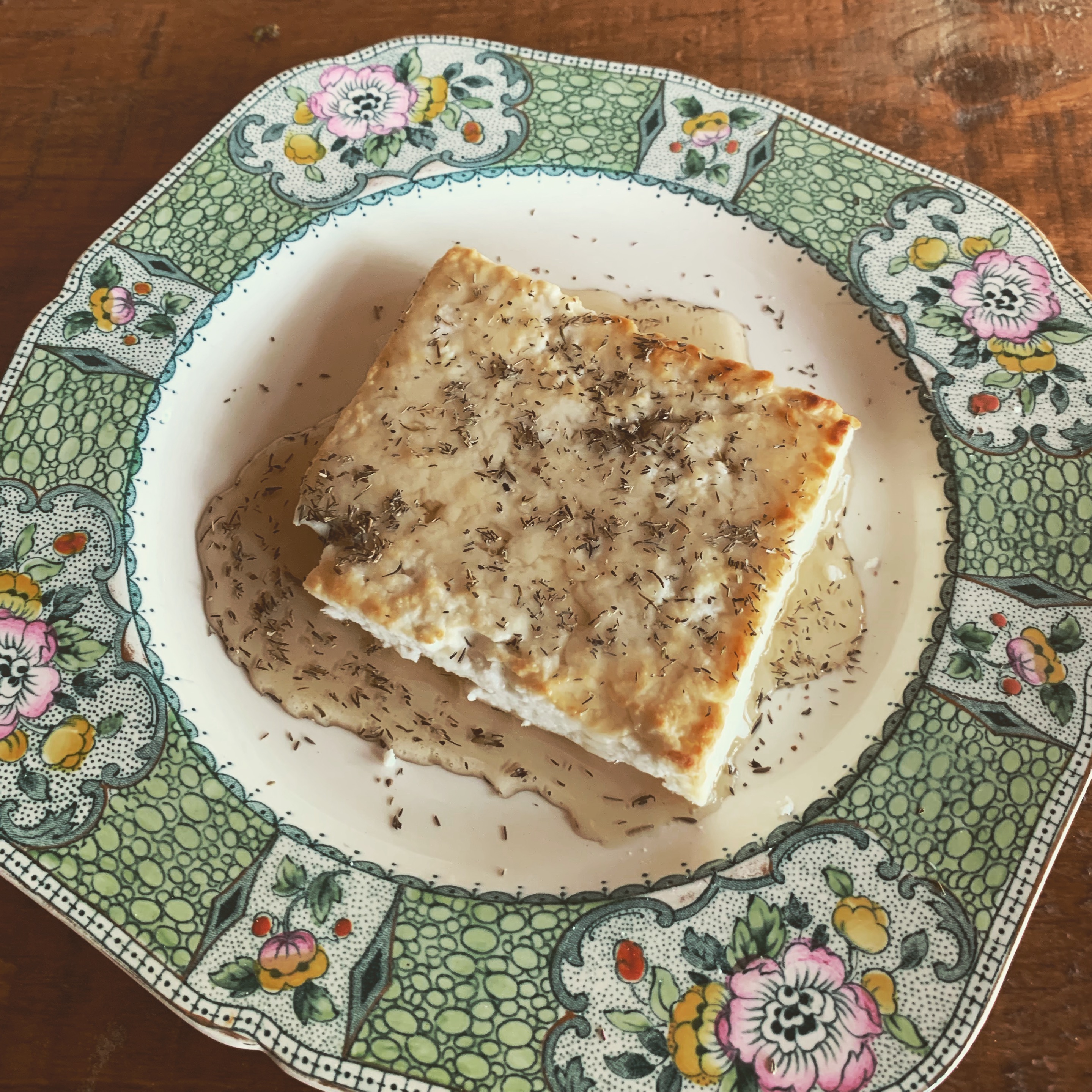
“Your eyes are bigger than your stomach,” was something I heard a lot during my childhood. Perhaps it was because my parents had lived through food rationing during and after the Second World War. Or perhaps I was just a greedy child. Whatever the reason, I blame my parents for the emotional scarring that has left me unable to control my epicurean tendencies – especially when I am at Costco.
What remains of a three-year-old one-gallon jar of pickled mushrooms in the back of my fridge is living proof (yes, I am quite certain it’s living) of my lack of Costco self-control or, perhaps, a latent need for parental supervision.
In any case, one of my latest over-indulgences resulted in the acquisition of an approximately 12-year supply of feta cheese.
That is under normal circumstances.
It might be better for my waistline if that feta had joined the mushrooms and other assorted biological waste at the back of the fridge, but a recipe I found in the New York Times saved the feta from that fetid fate (as you see, my over-indulgences include alliteration as well).
Roasted Feta with Honey and Thyme
A few minutes in the oven, a drizzle of warm honey and a sprinkle of thyme transforms ordinary feta into a first-rate appetizer that will leave your family and friends begging for more – which is good since there’s still eight pounds in the fridge) This recipe is so simple that you won’t ever need to look it up again. We’ve been serving it to guests at the lake all summer and it is always a hit. Served with a few pieces of pita bread, it often serves as a light meal when it’s just the two of us.
(Adapted from the New York Times)
Serves four to six as an appetizer or two as a light lunch
8 ounces of goat or cow’s milk feta, blotted dry with paper towel
2 tablespoons olive oil
1 tablespoon honey, warmed in the microwave for 10 seconds
1 sprig fresh thyme or a pinch of dried
Freshly ground pepper
Preheat oven to 400 F.
Place the feta on a foil-line cookie sheet and drizzle with olive oil. Bake for eight minutes or so until cheese is soft and springy but not melted.
Turn on the broiler to preheat. Meanwhile brush the feta with half the melted honey. Broil until the feta is turning brown at the edges, about 4-6 minutes.
Transfer to a serving dish, sprinkle with pepper, pour over remaining honey and top with the thyme.
Serve with pita bread. Enjoy.








